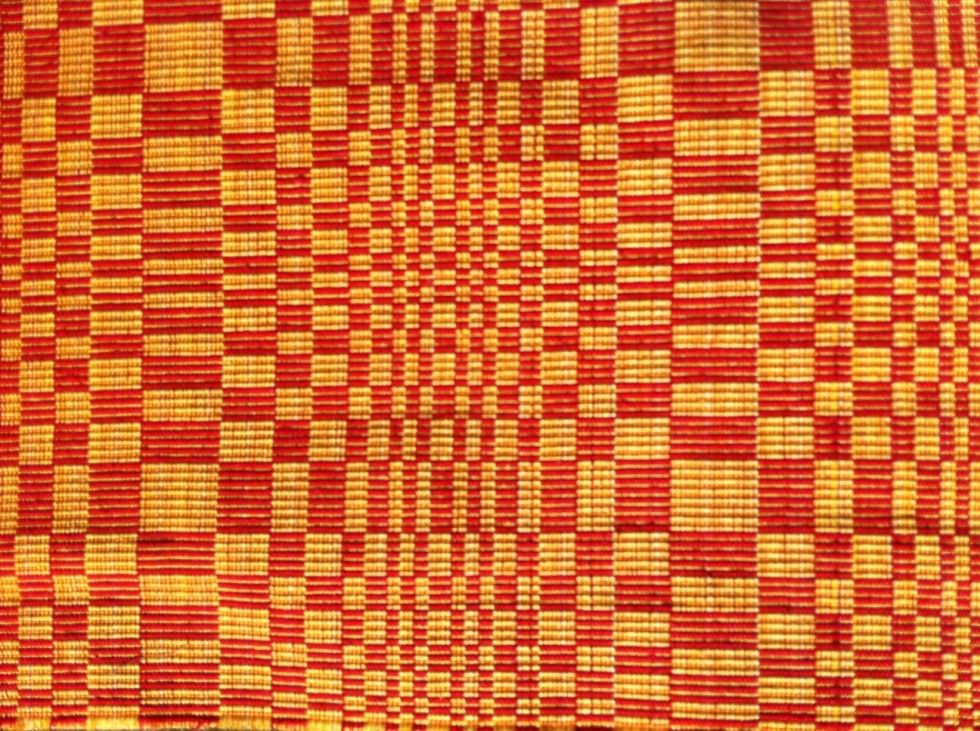Are you looking for information on Textile Of Ilocos Differences? You have come to the right place! In this blog post, we will provide a step-by-step guide on Textile Of Ilocos Differences.
Textile Of Ilocos Differences
Textile Of Ilocos And Cordillera Province (commonalities)
what is the similarities and differences of Ilocos region
Textile Testing Instruments, Textile Testing Equipment – TESTEX
Differences In Textiles Of Ilocos, Philippines – Alugbati Info
What are the similarities & differences of Ilocos textile
Textile Of Ilocos Differences – Brainly.com
What are the similarities & differences of Ilocos textile
Images Of Textile Of Ilocos Differences
What are the similarities & differences of Ilocos textile
Textile Of Ilocos (Differences) – Brainly.ph
Oct 25, 2021 · Differences in Textiles of Ilocos, Philippines. October 25, 2021 by admin. The Ilocano or “Ilokano”people have a history in textile weaving that goes back centuries. Textile weaving was practiced by women of noble descent in the past, and it is still a traditional art for today’s modern-day Ilokano women.
Textile Of Ilocos (Differences) Textile Of Ilocos And …
Sep 14, 2021 · The Ilocos and Cordillera region are known to have unique textiles. While the Ilocanos prefer to have an intricate geometric design, weavers from the Cordillera province takes on a different design. These weavers would oftentimes include designs that speak of their way of life having a family of farmers.
What Is The Difference Of Ilocos Textile? – Answers
Oct 27, 2020 · textile of ilocos (differences): –it has intricate designs or pattern that are inspired of nature –use hardwood pedal loom –uses less bright colors like black and dim pastel pink. textile of Cordillera province (differences): –prefer much simple designs or pattern
Textile Of Ilocos (Differences) Textile Of Ilocos And …
Jul 05, 2013 · Inabet was the textile of ilocos. This answer is: Helpful ( 1) Not Helpful ( 1) Add a Comment. Anonymous ∙. Lvl 1. ∙ 2020-10-05 04:50:57. Copy.
What Is The Textile Of Ifugao?
Nov 04, 2020 · Textile of ilocos has intricate designs or patterns that are inspired by nature while textile of cordillera prefer much simplier patterns Réponse publiée par: abyzwlye Can you identify the similarities and differences of the textile of Ilocos from
Textile Of Ilocos(Differences)
Feb 08, 2022 · What is the answer of textile of Ilocos differences? Answer: The Ilocos and Cordillera region are known to have unique textiles. While the Ilocanos prefer to have an intricate geometric design, weavers from the Cordillera province takes on a different design. These weavers would oftentimes include designs that speak of their way of life having …
What are the textile products of Ilocos Region?
What makes Ilocano textiles unique?
What are the different types of textiles in the Philippines?
What is the difference between Ilocano and Cordillera weavers?
This is a complete list of sources that I found to be helpful in researching Textile Of Ilocos Differences. If there are any other sites or articles you think should make this list, please leave them as comments below so we can include them!







